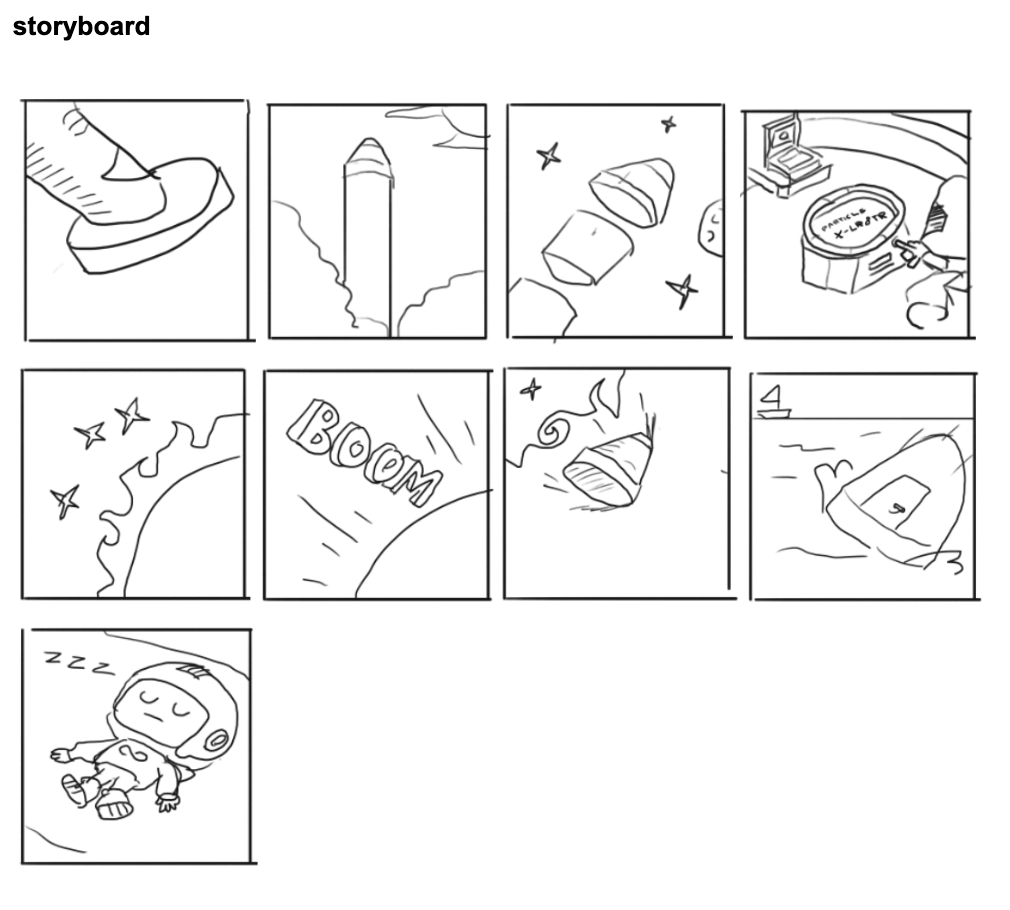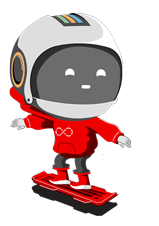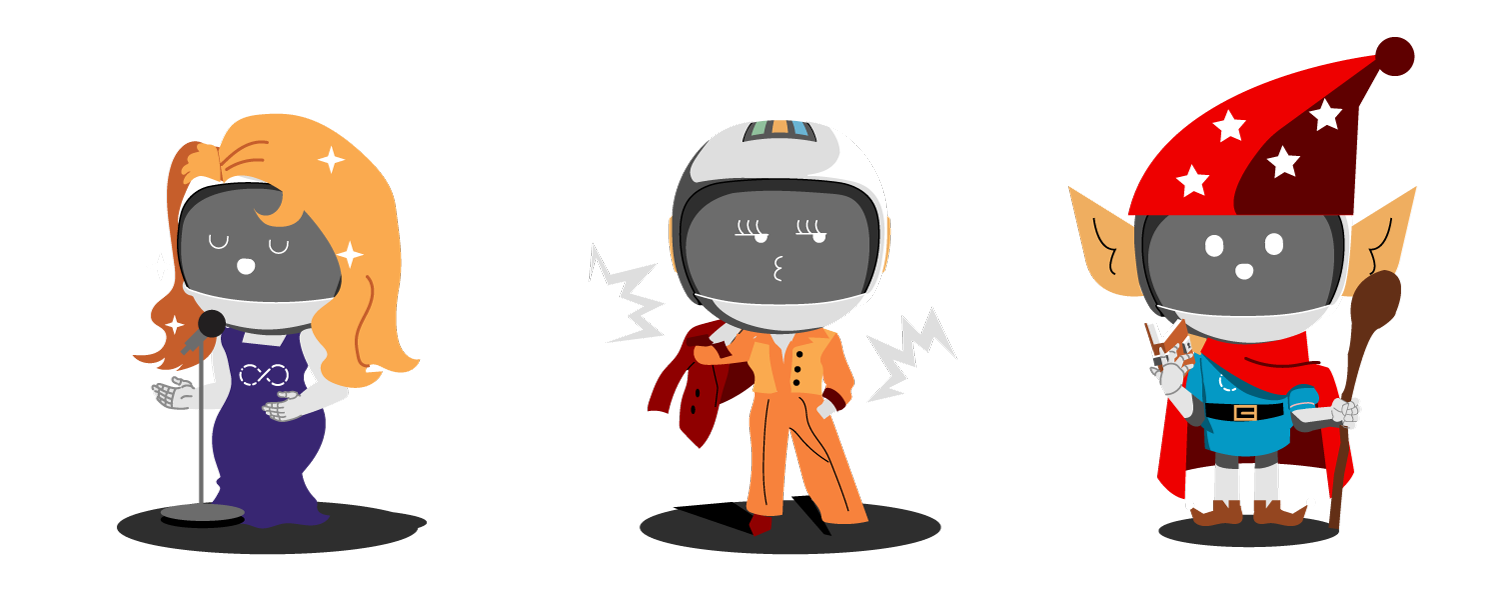If you’ve noticed a robot-like character at Red Hat Developer events or on our website, chances are you’ve met Repo, our new mascot.
Repo is curious, helpful, and eager to guide you on your journey as a tech practitioner, no matter what your level of technical expertise.

“But,” you might be asking yourself, “where did Repo come from?”
The inspiration
Repo was inspired by the progress and innovation in space robotics. Robots are used in space to help astronauts on missions, finding new ways to discover more about the universe than we could by ourselves.
In the same vein, Repo is a reponaut, here to help you discover better developer tools, infrastructure solutions, and ways to fine-tune AI large language models (LLMs) to meet your needs.
Origin story
As the legend goes, it all started with a mini-collider experiment using a Red Hat OpenShift AI sandbox project that a commercial space program wanted to test. (Fun fact: Red Hat tools help support the real-life hadron collider.) The space program wanted to run quantum entanglement experiments in zero gravity in orbit—pretty sci-fi stuff. As the story goes, it was too dangerous for humans, so for safety, they launched a space capsule holding a remote controlled robot and a laptop running a Red Hat OpenShift AI application. The application was supposed to activate in case of any surge in quantum energy levels.
For its final test, the software was run at full power. What happened next would change everything: it was going smoothly until an unexpected solar flare hit the earth’s magnetic field and capsule, causing quantum energy levels to spike.
In an instant, this power surge transfigured the robot and laptop into Repo and opened a portal into the Sandbox, a mystical digital dimension of raw computing energy. The resulting portal energy shockwave swept across the globe.
A recovery team was summoned to retrieve the capsule and the laptop. But when the team arrived, the laptop was gone; in its place, they found Repo asleep in the capsule.

Repo’s mission
As the story goes, a team of Red Hatters were called in to investigate. They learned that this pocket dimension—the Sandbox—disrupts the physical world through energy spikes called data rifts. Data rifts are surges of energy that affect obsolete software architecture and can only be fixed through an upgrade solution using Sandbox energy and code.
However, the team encountered a problem: while humans can code, they can’t physically enter the Sandbox to transfer that code. But Repo can! Repo’s special dimensional connection to the Sandbox allows them to store code written by developers and use human thought to dimension shift into the Sandbox. In the digital dimension, Repo uses stored code to upgrade software components and thus close data rifts.
Repo’s “keyboard” lets them not only traverse digital spaces, but also edit code in the digital plane.

Ever since the space experiment, Repo has made it their mission to work with humankind to close data rifts and bring stability to the Sandbox dimension and the real world.
Repo’s personality
Repo isn’t your typical robot; they actually have a dynamic personality, built from a crucial lesson learned from its creation—while you can’t predict the future, you can prepare for it. Hence, Repo learned how to adapt to different environments and to change their form to best suit their audience. In other words, Repo meets you where you are. Do you like bowties? Then Repo will appear with a bowtie.

Like their human developer counterparts, Repo aspires to learn, grow, and code better. When Repo enters the Sandbox, their digital form can swap out body parts or change in form and function to adapt to whatever challenge they find.
Welcome Repo to the team!
We hope you love Repo just as much as we do. Join the Red Hat Developer program to see more of Repo and stay up to date on the latest technology and software best practices. Learn more.
Note: The commercial space program and its activities depicted in this blog post are fictional and are not intended to represent or depict any current or former organization. Any resemblance to any organization is purely coincidental.
